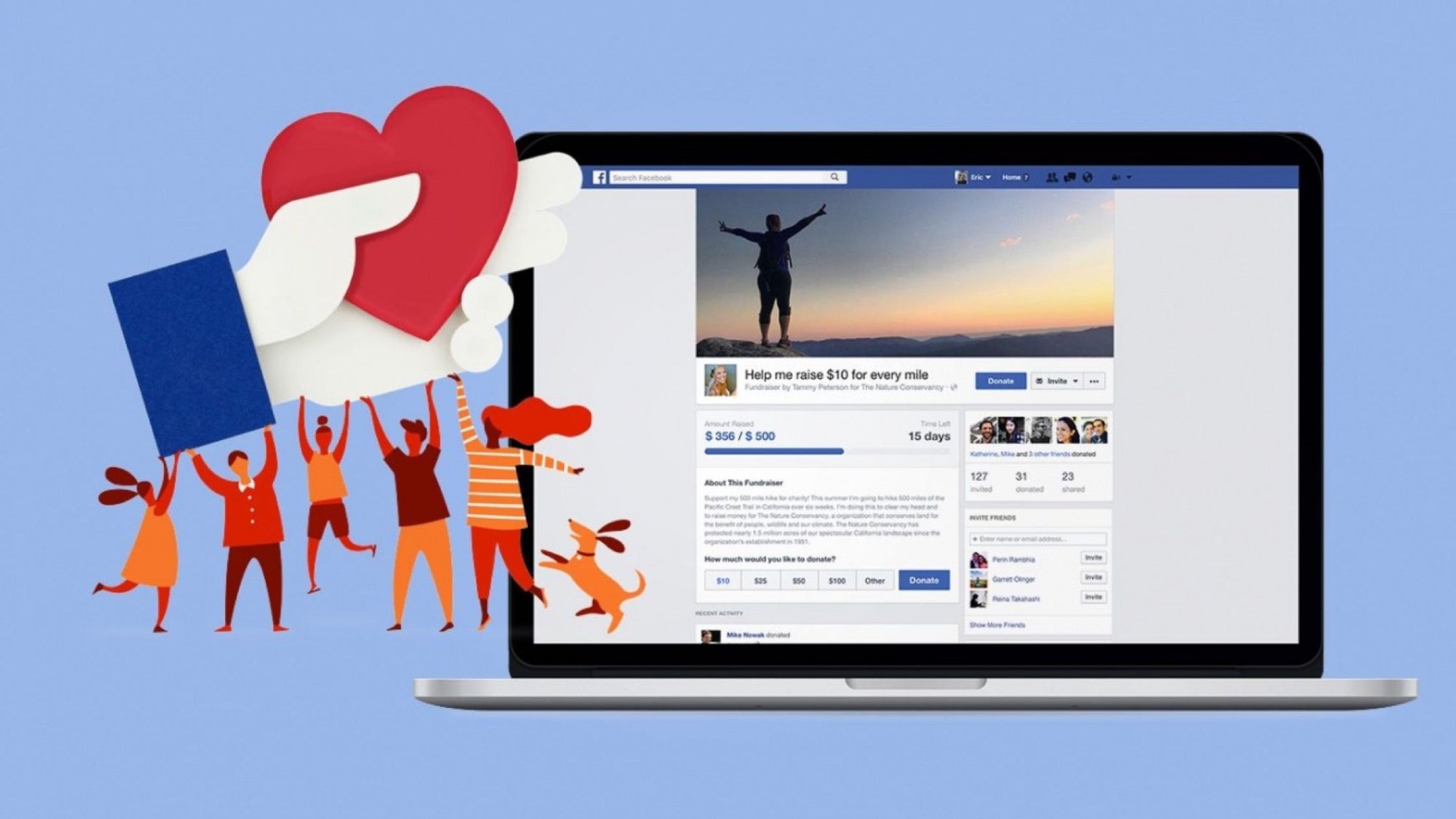While younger generations more entrenched in TikTok may think Facebook is a thing of the past or for people their parents age, it’s important that nonprofits don’t dismiss this key fundraising vehicle that people of all ages, including Gen Zers, use for relationship building, education and peer-to-peer fundraising. I recently attended a Facebook Fundraising 101 webinar presented by GoodUnited during which I learned more about the platform’s Giving Tools, Management Features and Messenger App, which help nonprofits facilitate successful fundraising events and challenges.
Here are my top 5 takeaways:
1. Facebook fundraisers and challenges should not replace but rather supplement in-person events.
During the pandemic, nonprofits transformed in-person events to digital fundraisers. Now that we can gather in-person again, it is recommended that nonprofits utilize Facebook fundraisers and challenges to supplement what they are doing on the ground. Doing so will expand reach by engaging those who live outside of your geographic area and provide your social subscribers – fundraisers, donors, supporters, and participants looking for support – with the tools and platform to raise awareness and funds for the cause. These digital events should be planned, promoted, and executed just as you would an in-person event, generating leads to bring people into the fold pre-event, engaging people when they are active during the event, and thanking and learning from participants post-event, helping to turn their one-off transactions into long-term relationships.
2. Giving tools enable organizations to manage and adjust strategies around subscriber activity to ensure fundraisers and challenges are successful.
Only legal 501(c)3’s can apply to access Facebook Giving Tools. Once verified and a payment method is selected, organizations can launch their fundraisers and challenges. This is when the platform’s Management Features should be utilized. The Home Tab serves as your dashboard where you can monitor your supporters, create, and send automated messages and glean insights from transaction reports that you can use to export and track names, donations and engagement trends that will help you to adjust accordingly.
3. Digital relationships should be cultivated the same as you would in real life.
When you first meet someone, you get to know them a bit to help build trust before asking them for or to do anything. The same should be done when developing digital relationships. A good tool to use in this process is Facebook’s Messenger App. With the new Subscriber Opt In feature, your nonprofit can engage participants in conversations in real time bysending a mix of automated and personalized messages to welcome them into the fold, encourage and celebrate their efforts, provide resources and more. These individuals may be part of a Facebook Group that you create related to the fundraiser or challenge where participants can share their experiences and tips helping to foster deeper connections to your organization and cause, leading to participation and fundraising.
4. It takes money to make money.
Because budgets can be tight, nonprofits typically focus on organic posts to promote Facebook fundraisers and challenges. However, changing algorithms make it harder for fans and followers to see organic posts. Therefore, boosted posts and paid advertisements should be part of your nonprofit’s strategy to expand your reach beyond your current list of social subscribers. It is recommended that nonprofits run paid advertisements six to eight weeks leading up to digital events to help recruit more participants. According to a GoodUnited survey of nonprofits, which engaged in paid digital advertising for Facebook fundraisers and challenges in 2022, the average cost per lead was $5.70 which garnered a 47 % conversation rate, or the percentage of people who created a fundraiser and started raising money as a result.
5. Giving people the ability to choose how and when they engage is key.
The trend of individuals and teams wanting to personalize their participation in events remains, whether it be in-person or online. Once the initial digital touch point and relationship building has begun, it’s advised to let social subscribers decide whether to get involved in Facebook fundraisers and challenges. Utilize automated messages through the Messenger App to let them know you have a new challenge about to launch and give them the option to say they’d like to participate, maybe next time, or not interested. This will inform your organization about how to engage folks, if at all, once the fundraiser has launched and, in the future, when planning more digital events.
If your organization is looking for further insights into how your team can utilize Facebook, give us a shout. We can help you make the most of your digital platforms and look forward to hearing more about your work!


